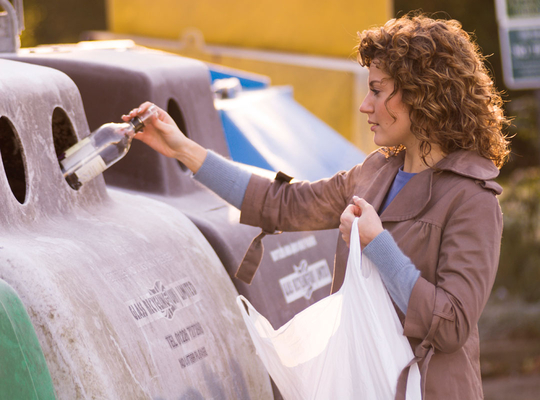You are here
Flanders a model for new European waste legislation

There has been a vote at the Environment Committee of the European Parliament on the new goals for the European waste policy. As a negotiator, MEP Mark Demesmaeker ensured a clear level of ambition: “By 2030, in Europe we must be recycling or preparing for re-use at least 70% of urban waste, while we must be recycling at least 80% of packaging waste. We are resolutely putting all our efforts into a smaller mountain of waste. These new measures form an essential component of the switch from the disposable model to a recycling model.”
“Today, every European produces 5 tonnes of waste on average: that’s the weight of an African elephant. And we only recycle a third of it. Nevertheless, the Flemish already recycle 70% of their household waste, which is an example for the rest of the EU,” Mark Demesmaeker emphasises. “Also in the field of re-use, Flanders impresses with its successful second-hand shops. In 2015 they were visited by no fewer than 5.6 million people, with the result that the target of 5 kg of re-use per person was achieved with room to spare. We want to raise that target to 7 kg by 2020. What’s more, the second-hand shops create jobs.”
Uniform measurement method
Moreover, all Member States will have to use a single method of measurement to calculate the recycling numbers. “Currently, no fewer than four different measurement methods are used, the result being that we are actually comparing apples and oranges. A single uniform way of measuring will ensure that certain countries will no longer be able to shirk their responsibilities,” asserts Mark Demesmaeker.
Prevention is better than recycling
In addition to recycling, the prevention of waste is also key, Mark Demesmaeker warns: “The Environment Committee is proposing halving food waste by 2030. In Europe, at least 89 million tonnes of food are go to waste each year. The average Flemish consumer throws away 18 to 26 kg of food a year, mainly fruit, vegetables and bread. That can and must be improved.”

